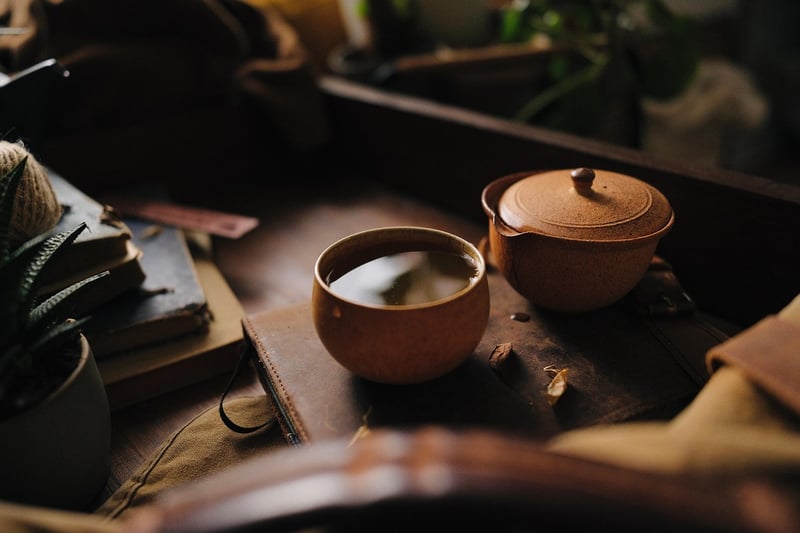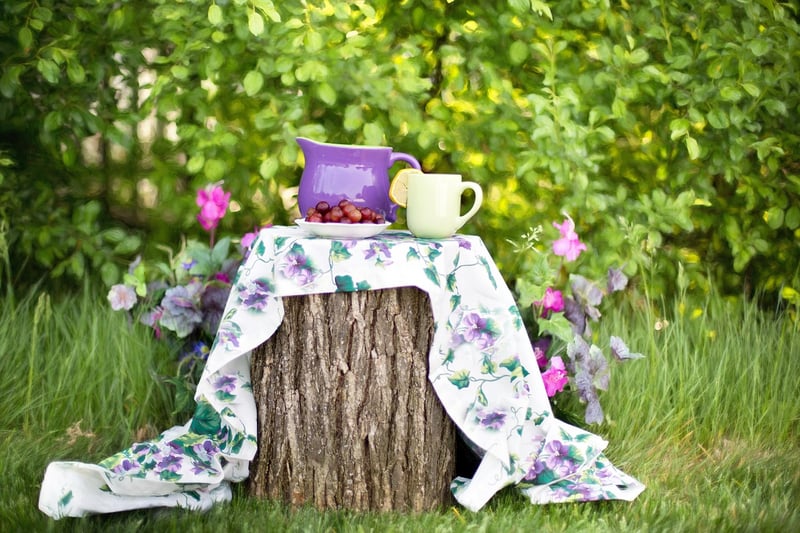Tea Garden
The Art of Design: Exploring Different Approaches
Design is a powerful tool that influences how we interact with the world around us. From architecture to user interfaces, design plays a crucial role in shaping our experiences. In this article, we will delve into various design approaches and how they can be applied to different contexts, using the serene setting of a Tea Garden as our inspiration.
1. Minimalist Design
Minimalist design focuses on simplicity, clean lines, and a clutter-free aesthetic. In a Tea Garden, this approach would involve using natural materials, such as wood and stone, to create a tranquil and unobtrusive space where visitors can relax and unwind.

2. Organic Design
Organic design takes inspiration from nature, incorporating flowing shapes and natural elements into the design. In a Tea Garden, this approach would involve curving pathways, cascading water features, and lush plantings that mimic the beauty of the surrounding landscape.

3. Industrial Design
Industrial design embraces raw materials, exposed structures, and a utilitarian aesthetic. In a Tea Garden, this approach could involve repurposing industrial elements, such as metal containers or salvaged machinery, to create a unique and unconventional space for tea enthusiasts.

4. Contemporary Design
Contemporary design is characterized by sleek lines, innovative materials, and a focus on functionality. In a Tea Garden, this approach would involve modern furniture, minimalist plantings, and cutting-edge technology integrated seamlessly into the serene surroundings.

Design is a versatile tool that allows us to create spaces that are not only visually appealing but also functional and engaging. By exploring different design approaches, we can transform ordinary spaces into extraordinary experiences, much like the tranquil oasis of a Tea Garden.
